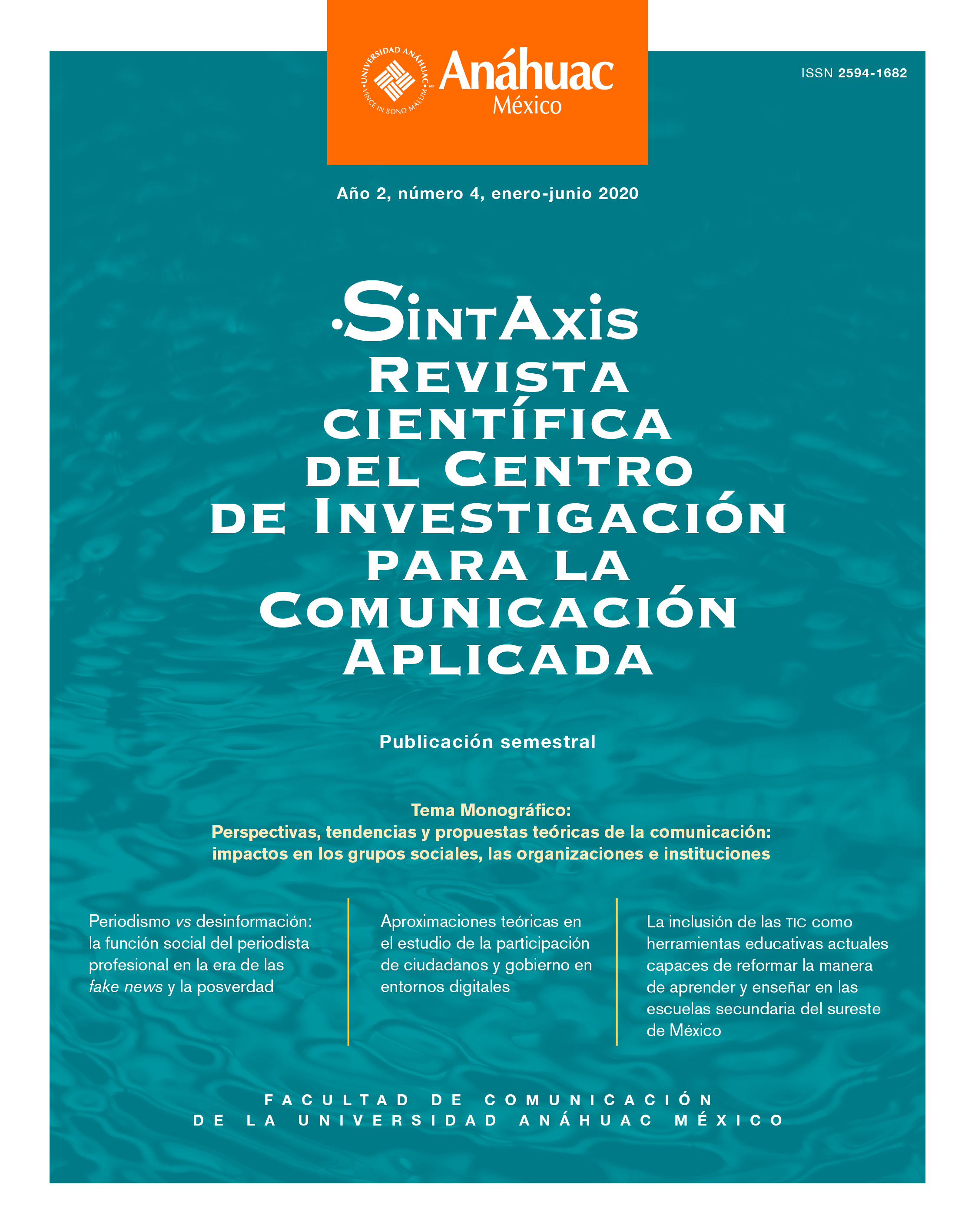From International Debate to the Broadcasting Public Service
Main Article Content
Abstract
This article aims at defining the concept of Public Broadcasting Service, based on the international debate that has been taking place mainly in Northern and Central Europe, North America, and Latin America. Although the different regions have gone through different experiences, there is a growing conviction of the need to strengthen the Public Broadcasting Service in order to guarantee the diversity of information; human rights such as the right to communication and freedom of expression; widening public spaces in the media, among others. This essay builds upon this international debate, which has gained greater relevance during the present century, particularly in Latin America.
Downloads
PLUMX Metrics
Article Details
The author keeps the property rights with no restriction whatsoever and guarantees the magazine the right to be the first publication of the work. The author is free to deposit the published version in any other medium, such as an institutional archive or on his own website.
References
Blumler, J. (1991). Broadcasting finance in transition, A comparative handbook, Nueva York: Oxford University Press.
Bustamante, E. (1999). La televisión económica. Madrid: Gedisa.
Bustamante, E. (2002). Nuevas fronteras del servicio público y su función en el espacio público mundial.
En J. Vidal (Ed.). La ventana global: ciberespacio, esfera pública mundial y universo mediático (pp. 181–194). Madrid: Taurus.
Bustamante, E. (2008). El servicio público ante la era digital. En Fernández, I., y De Moragas, M. Eds.), Comunicación y políticas culturales en Europa. Barcelona: Generalitat de Catalunya (ColecciónLexikon).
DeFleur, M. L. & Ball-Rokeach, S. (1989). Theories of mass communication. New York: Longman.Fuenzalida, V. (2000). La televisión pública en América Latina. Reforma y privatización. Santiago de Chile: Fondo de Cultura Económica.
Fuenzalida, V. (2002). Medios públicos. En S. Beatriz (Ed.). Los medios electrónicos en el marco de la Reforma del Estado en México. México: Fundación Konrad Adenauer.
Hallin, D. & Mancini, P. (2004). Comparing media systems. Three models of media and politics. Cambridge:Cambridge University Press.
Hesmondhalgh, D. (2008). The cultural industries. Londres: Sage.
Lewis, P. (1993). El medio invisible. Radio pública, privada, comercial y comunitaria. México: Paidós.
Martell, L. (2017). Hacia la construcción del servicio público de radio en México en tiempos del neoliberalismo.El caso de Radio Educación. México: Universidad Nacional Autónoma de México.
McQuail, D. (1998). La acción de los medios; los medios de comunicación y el interés público. BuenosAires: Amorrortu.
Ortega, P. (2005). Medios de Estado, una transición incompleta. En Solís, B. (Ed.). Retos y perspectivasde la comunicación en el marco de la Reforma del Estado. México: Fundación Konrad Adenauer.
Ortega, P. (2006). La otra televisión. Por qué no tenemos televisión pública. México: UAM-Xochimilco.
Ortega, P. (2007). Muchos canales no es sinónimo de pluralidad. Dos empresas una voz. Anuario de investigación2006. México: UAM-Xochimilco.
Peacock, A. (1986). Report of the Committee on financing the BBC. Londres: House of CommonsParliamentary.
Pierre, A, & Tudesq, A-J. (1982). Historia de la radio y la televisión. México: Fondo de Cultura Económica.
Serrano, A. (2006). Marcos constitucionales y el servicio público de radiotelevisión en América Latina.Un tema relevante para la UNESCO. San José: UNESCO.
Tremblay, G. (1988). La noción de servicio público. Revista Telos, (14), 60–67.
Winocur, R. (2002). Ciudadanos mediáticos, la construcción de lo público en la radio. Barcelona: Gedisa.
Winocur, R. (2007). La participación en la radio: una posibilidad negociada de ampliación del espacio público. Revista Razón y Palabra [en línea], (55). Disponible en http://www.razonypalabra.
org.mx/anteriores/n55/rwinocur.html

